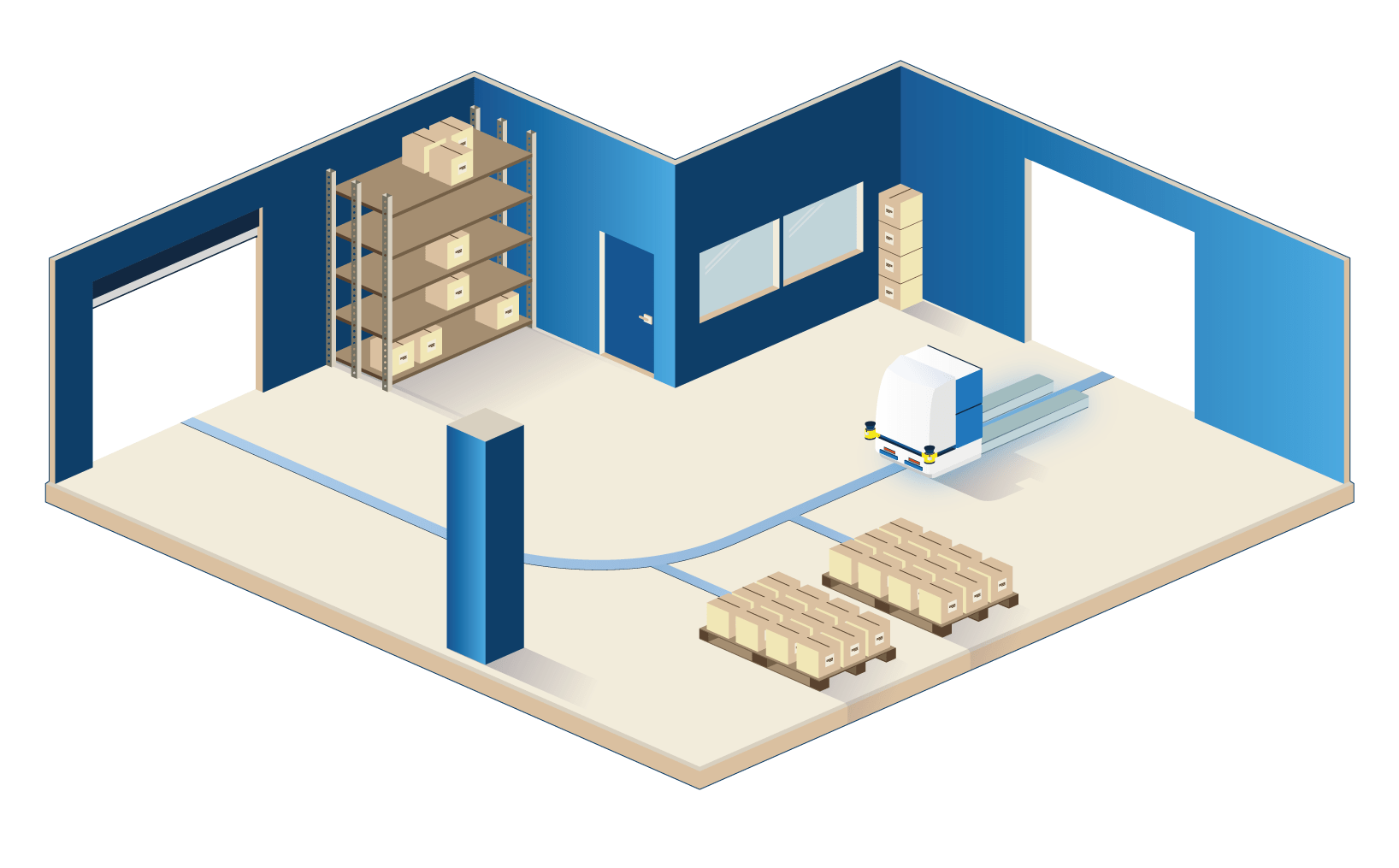Amazon has announced a major investment of £40 billion (US$54 billion) in the United Kingdom over the next three years, marking one of its largest-ever financial commitments outside the United States. The move will significantly expand Amazon’s logistics, fulfilment, cloud computing, and content production capabilities across the UK, while creating thousands of new jobs and reinforcing its strategic position in the market.
As part of the investment, Amazon plans to open four new fulfilment centres in Hull, Northampton, the East Midlands, and one additional location yet to be confirmed. The Hull and Northampton sites alone are expected to generate around 2,000 permanent jobs each. In addition, more than 100 existing logistics sites — including delivery stations and operations buildings — will be upgraded, supporting faster and more efficient distribution nationwide. New delivery stations will also be developed to strengthen last-mile delivery performance and meet growing consumer demand.
Beyond logistics, the company is also committing significant resources to technology and infrastructure. This includes an £8 billion investment in Amazon Web Services (AWS) data centres, announced last year and set to be rolled out through 2028. These facilities will support the growth of cloud computing, artificial intelligence, and big data services across the UK economy. Additional spending will go toward two new corporate office buildings in London and the redevelopment of Bray Film Studios in Berkshire, supporting Amazon’s growing content production efforts.
Amazon currently employs around 75,000 people in the UK, making it one of the country’s top ten private employers. With this new investment, the company aims to create thousands of new full-time roles across logistics, tech, and cloud services. The expansion not only deepens Amazon’s operational footprint in Britain, but also supports the broader economic agenda set out by the newly elected UK government.
Prime Minister Keir Starmer welcomed the announcement as a “massive vote of confidence in the UK as the best place to do business.” The investment aligns closely with the government’s newly launched Modern Industrial Strategy, which emphasises growth through private investment, innovation, green energy, and skills development.
From a logistics perspective, this development is transformative. The addition of new fulfilment centres and delivery stations will substantially enhance Amazon’s warehousing capacity, regional reach, and delivery speed. Locating facilities in areas such as Hull and Northampton enables more distributed operations and helps relieve pressure on London-based infrastructure. Meanwhile, investments in AWS and AI-driven data centres will further strengthen the integration of automation, predictive analytics, and smart logistics into Amazon’s supply chain — setting new benchmarks for operational efficiency and scalability.
While the long-term benefits to the UK economy are clear, Amazon still faces regulatory scrutiny. The company is currently under review by the UK’s grocery watchdog over concerns about delayed supplier payments, indicating that its growing influence will continue to be monitored by public authorities.
For the logistics industry, Amazon’s £40 billion commitment represents a decisive shift. The scale of investment will reshape the competitive landscape, fuel demand for third-party services, and open up new opportunities in warehousing, transport, and supply chain innovation. As Amazon doubles down on UK infrastructure, the entire sector may need to raise its game — or find smart ways to complement, not compete with, a rapidly evolving logistics giant.











